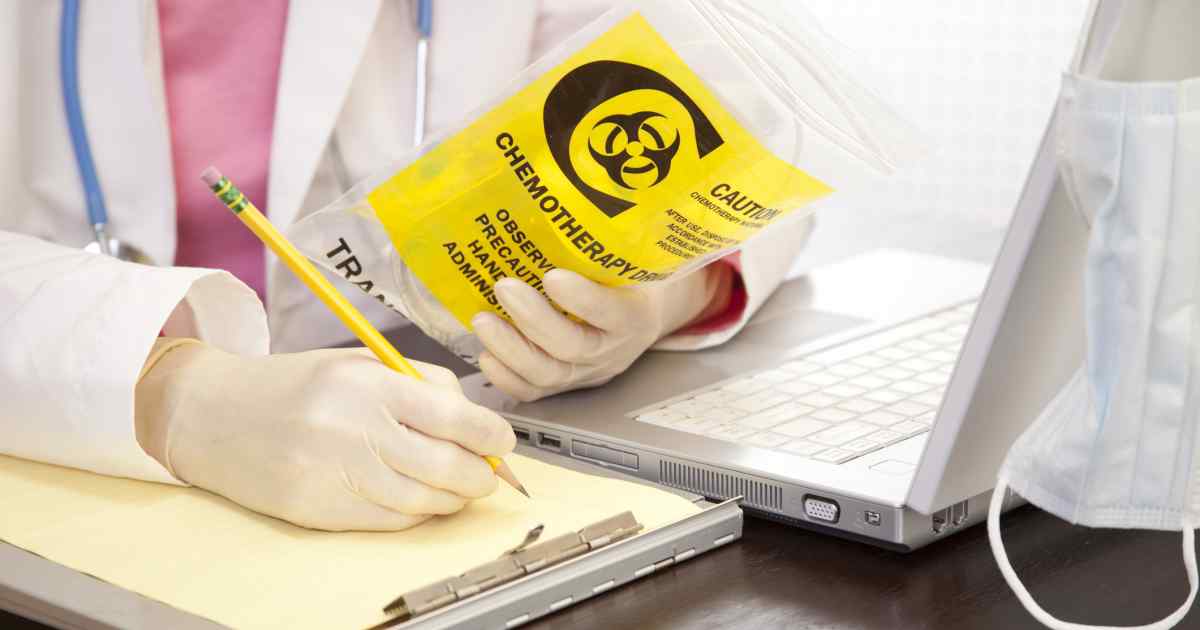Leukemia is a cancer of the blood cells, bone marrow, and lymphatic system. Early diagnosis is the best way to increase your chances of fighting leukemia. Fortunately, you can learn everything you need to know about the symptoms with a search online.
In most cases, the disease affects the white blood cells, leaving you vulnerable to infections. There are several types of leukemia, and the disease can affect children and adults. You should be aware of the signs and symptoms of the disease.
Early Signs of Leukemia
Many people experience no signs or symptoms in the early stages of the disease – diagnosis often happens as a result of a routine medical examination. However, there are a wide variety of early signs and symptoms that some people may experience.
Flu-like Symptoms
Fever and chills are two of the most common early signs of leukemia. Flu-like symptoms can be a result of many different illnesses, though, so they’re often overlooked. If the symptoms persist for more than a few weeks, you should speak to your doctor.
People with leukemia also may get infections easily as the disease weakens the immune system. Urinary tract infections, bronchial infections, and lung infections are all common signs of leukemia.
Fatigue
Leukemia inhibits your body’s production of blood cells, which can lead to anemia. When your body doesn’t have enough blood cells, your blood cannot deliver adequate oxygen to your heart, brain, muscles, and other tissues, so you may experience fatigue. Like flu-like symptoms, though, fatigue is a symptom of many other conditions, so it’s often overlooked by doctors.
Shortness of Breath
Shortness of breath is another symptom of anemia as a decrease in blood cell production can prevent your body from getting enough oxygen. Some people in the early stages of leukemia notice that they get out of breath more easily than usual. You might feel tired, weak, and winded after climbing a flight of stairs or walking a short distance. This isn’t a symptom you should ignore, especially if you’ve never experienced shortness of breath before.
Unexplained Weight Loss
Many types of cancer cause loss of appetite and about 40 percent of people with cancer have had unexplained weight loss by the time of their diagnosis. With leukemia, weight loss can happen because the cancer cells affect the way your body metabolizes food. Fatigue, nausea, and other symptoms can also cause appetite loss, which will result in weight loss.
Bone and Joint Pain
Pain can be a symptom of leukemia during any stage of the disease. Bone pain happens when your bone marrow is overcrowded with cancer cells, and joint pain happens when the cancer cells form near the joints. About 25 percent of people with acute lymphoblastic leukemia experience bone pain at the onset of the disease. It’s most common in the arms, legs, ribs, and sternum.
Bruises and Rashes
In some cases, unexplained bruises or rashes are the first noticeable signs of leukemia. The disease increases your risk of bruising because it prevents your body from making platelets, the cells responsible for helping your blood vessels stop bleeding. This same problem can lead to easy bleeding, too.
Leukemia rashes often look like a collection of small red spots on the skin. These spots are caused by broken blood vessels that don’t heal efficiently. Acute myelogenous leukemia can cause dark-colored rashes and lumps on the skin.
Treatment Options
The best treatment depends on the type and stage of leukemia you have, your symptoms, and your preferences. Four of the most common treatments are chemotherapy, radiation therapy, targeted therapy, and stem cell transplantation.
Chemotherapy
Chemotherapy involves oral or intravenous anti-cancer drugs. For acute leukemia, patients usually start with induction chemotherapy, which uses a combination of anti-cancer drugs. Then, they receive intensification chemotherapy, which destroys the remaining cancer cells. Patients with chronic leukemia usually take oral chemotherapy medications.
Radiation Therapy
Radiation therapy targets the DNA within your cells to stop them from reproducing. The goal is to prevent the cancer cells from spreading, but the treatment can damage healthy cells, too. Radiation therapy is commonly used in combination with drug therapy or chemotherapy. In addition to destroying cancer cells, it can also relieve pain from swollen lymph nodes or an enlarged liver or spleen.
Targeted Therapy
While chemotherapy affects all of your body’s cells, targeted therapy only attacks leukemia cells, which reduces damage to your healthy cells and lowers the risk of side effects. Targeted therapy inhibits the genes and proteins involved in the growth of the cancer cells. Not all types of leukemia can be treated with targeted therapy, but it can be an effective treatment option for some people.
Stem Cell Transplantation
The goal of stem cell transplantation is to replace the unhealthy blood cells with healthy cells. This lets you undergo larger doses of chemotherapy or radiation therapy to get rid of the cancer cells in your bone marrow. After chemotherapy or radiation therapy, you’ll receive a blood transfusion of a donor’s stem cells. The donor is typically a sibling, but stem cells can come from anyone who matches your tissue type.
Do Your Research
It’s important to know that having one or more of these symptoms does not mean that you have cancer. However, if symptoms do persist, or if you notice any changes that don’t seem to go away, always consult with your doctor. In many cases, leukemia can be managed or cured with treatments available today – if it is caught early.
There are many possible treatments for leukemia, so you and your doctor will have to decide which option is best for you. All treatments have their benefits and drawbacks, so you should do careful research before making a decision.
